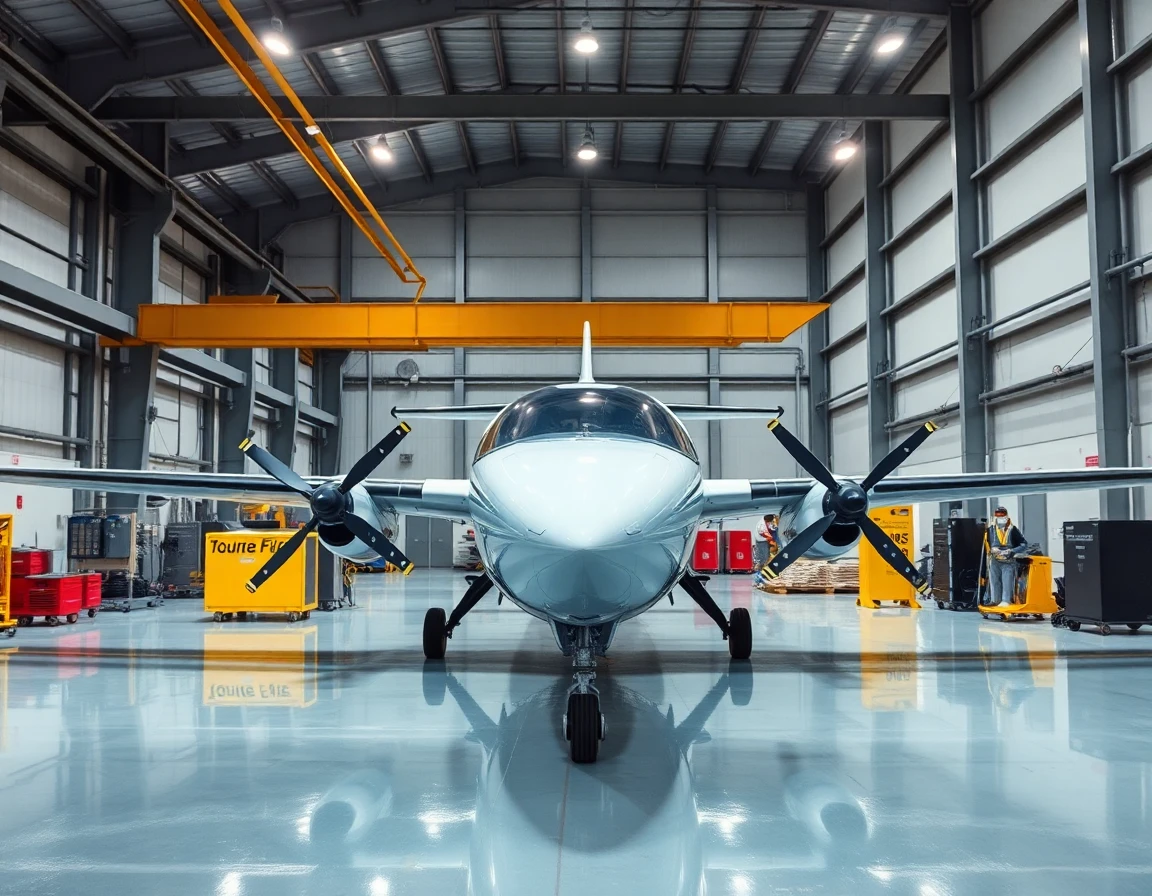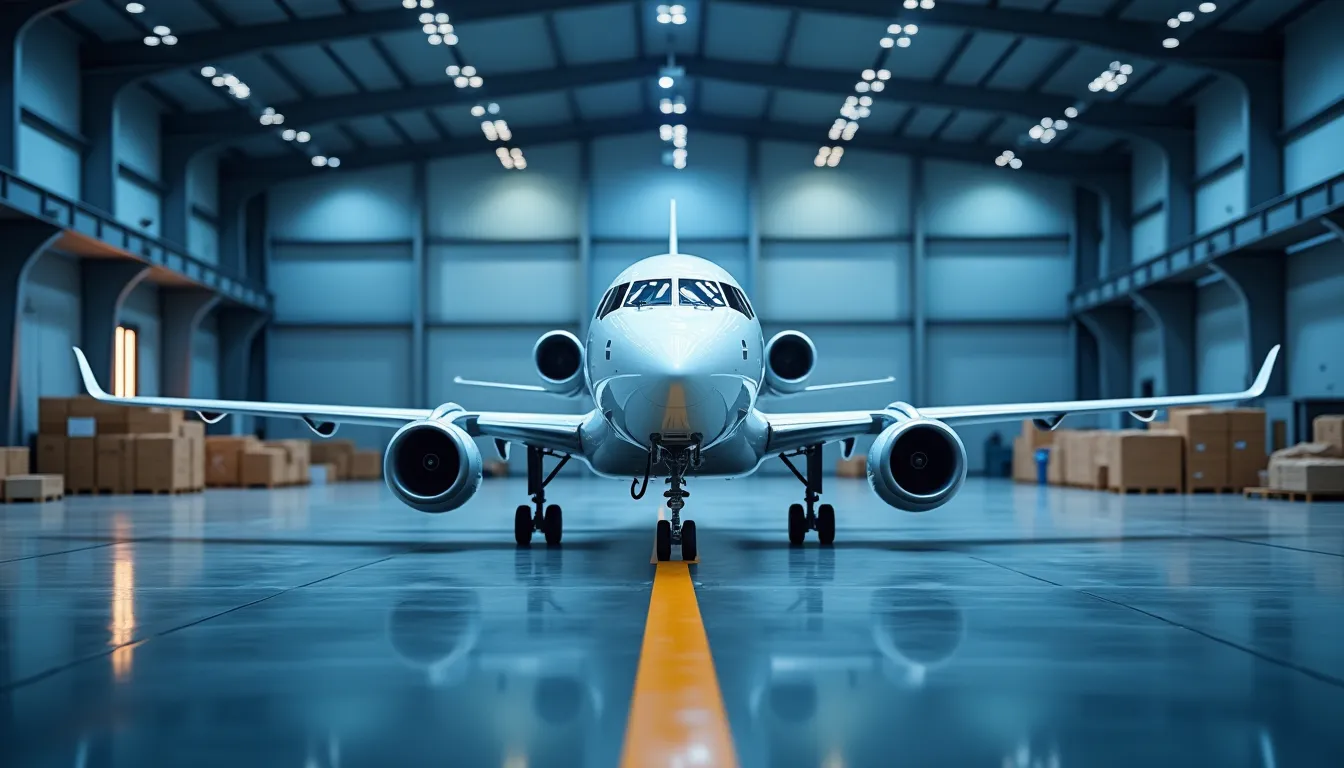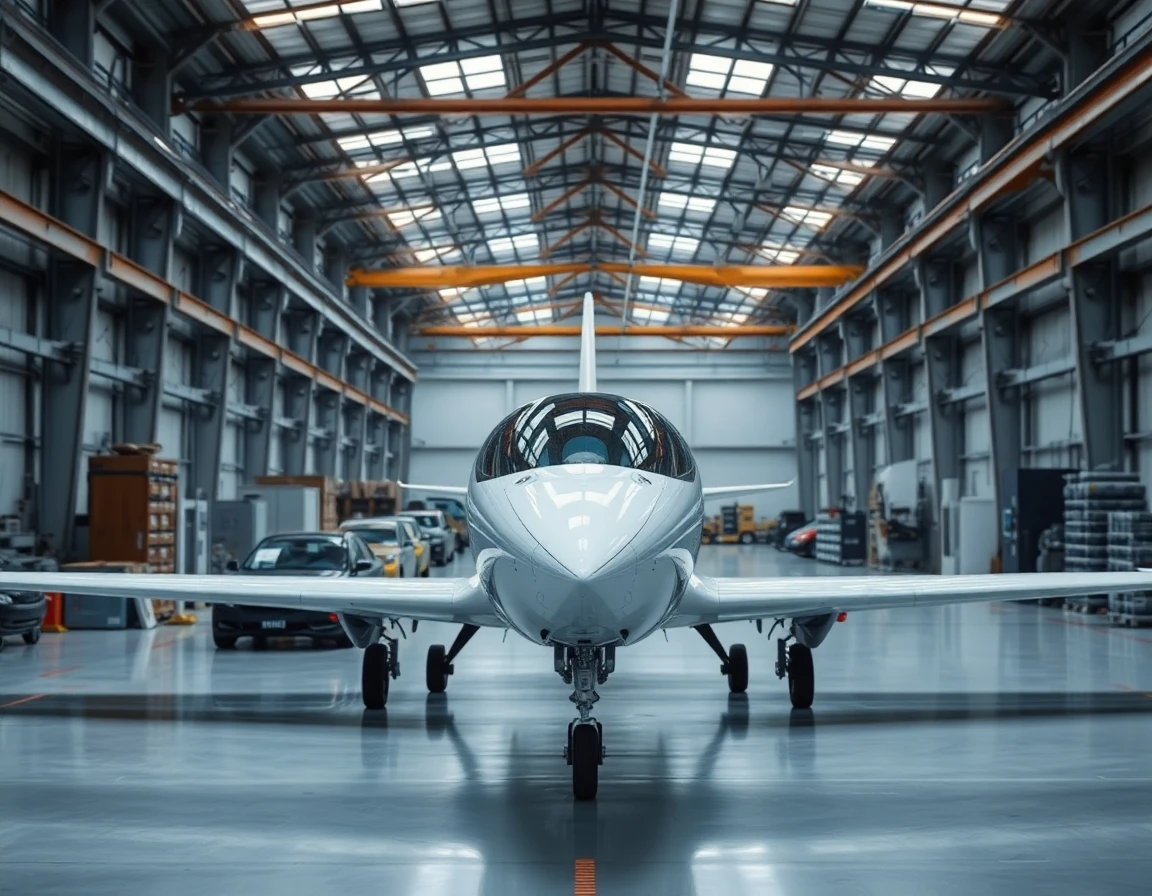The aerospace industry is undergoing a remarkable transformation with the advent of electric aircraft, a trend driven by the need for sustainable and efficient air travel solutions. As global awareness of climate change intensifies, both commercial and military sectors are increasingly exploring electric propulsion technologies to reduce carbon emissions and operating costs.
Understanding Electric Aircraft Technology
Electric aircraft utilize electric propulsion systems, often powered by batteries or hybrid systems, to replace traditional internal combustion engines. This shift not only promises significant environmental benefits but also opens up new avenues for aircraft design and operation. According to a recent report by the International Air Transport Association (IATA), the electric aircraft market is expected to grow exponentially, with projections suggesting that electric planes could account for up to 30% of the commercial aviation market by 2040.
Key Components of Electric Propulsion
At the heart of electric aircraft technology are advanced components that enhance performance and reliability. For instance, precision accelerometers play a fundamental role in ensuring accurate motion sensing and stability during flight. These high-performance sensors are crucial for flight control and stabilization, enabling electric aircraft to operate safely and efficiently.
Advantages of Electric Aircraft
The benefits of electric aircraft extend beyond environmental considerations. Key advantages include:
- Reduced Operating Costs: Electric propulsion systems can significantly lower fuel expenses, which are a major operational cost for airlines. With electricity being cheaper than traditional aviation fuel, operators can expect enhanced profitability.
- Lower Maintenance Costs: Electric motors have fewer moving parts compared to conventional engines, leading to reduced wear and tear and lower maintenance requirements.
- Noise Reduction: Electric aircraft are generally quieter than their fossil-fuel counterparts, making them ideal for urban operations and reducing noise pollution in residential areas.
Military Applications of Electric Aircraft
The military sector is also recognizing the potential of electric aircraft. With advancements in electric propulsion, military organizations are exploring the use of electric unmanned aerial vehicles (UAVs) for surveillance and reconnaissance missions. These aircraft can operate quietly and efficiently, making them invaluable for stealth operations.
Expert Insights on Future Developments
Industry experts are optimistic about the future of electric aircraft. Dr. Jane Smith, an aerospace engineer at the National Aeronautics and Space Administration (NASA), notes, “The integration of electric propulsion systems presents a unique opportunity for innovation in aircraft design. As battery technology continues to evolve, we can expect to see electric aircraft with longer ranges and greater payload capacities.”
Furthermore, advancements in thermal management systems will be essential for optimizing battery performance and ensuring safety in electric aircraft. These systems are critical in regulating temperature and maintaining efficiency during flight, particularly in high-performance applications.
Challenges Ahead for Electric Aircraft
Despite the promising outlook, several challenges remain in the widespread adoption of electric aircraft. Key hurdles include:
- Battery Technology: Current battery technologies still struggle with energy density, which limits the range and payload of electric aircraft. Ongoing research into solid-state batteries and alternative energy sources is crucial to overcoming these limitations.
- Regulatory Framework: The aviation regulatory environment must adapt to accommodate new electric aircraft technologies, which can slow down the certification process for new models.
- Infrastructure Development: The growth of electric aviation will require significant investment in charging infrastructure at airports, which is still in its infancy.
Conclusion: A New Era in Aviation
Electric aircraft represent a paradigm shift in the aviation industry, promising significant advancements in efficiency, sustainability, and operational capabilities. As technology progresses and industry players collaborate to address existing challenges, the future of electric aviation looks bright. With the reduced environmental impact and enhanced operational efficiencies, electric aircraft could soon become the norm rather than the exception in air travel.
With ongoing developments in components like precision accelerometers and thermal management systems, electric aircraft are set to lead the charge towards a more sustainable and innovative future in aviation. As we move forward, the integration of these technologies will be pivotal in shaping the next generation of air travel.



